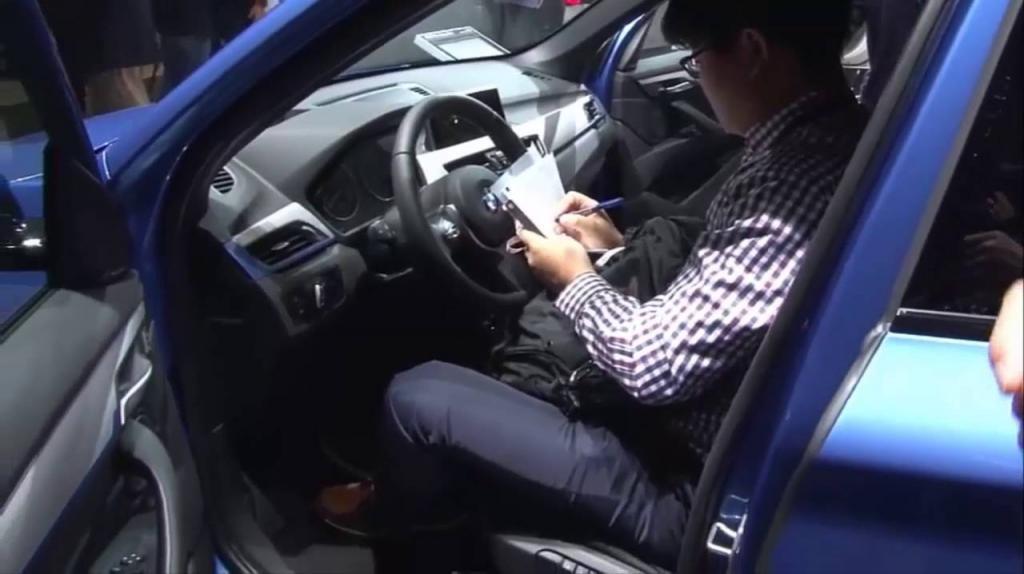
An essential part of buying a new car is the test drive. Test drives are exciting, the car is new to you, and you likely have a lot of hope that this is the car you’ll love. Don’t get overly sentimental about the first car you test drive, or even about the third car you test drive. Drive many cars that are in your price range. Driving several cars will allow you to get over the excitement, and remain objective. A car is an investment that you will likely live with for at least a year; the test drive will give you a good idea of problems to come.
Start with a notebook
Don’t rush into the test drive. Before you sit in the driver’s seat, give the car a thorough once over. Some things to look for include:
- Oil leaks. Finding oil spray in the engine compartment or pooled underneath may be indicative of many future problems.
- Balding tires. While this is a no-brainer, balding tires will have to be replaced soon. New tires are an added expense down the road.
- Usual wear on moving parts. Any part that moves will have wear. Check the suspension and belts to be sure they will not cause trouble soon.
- Doors/Hood/Trunk open smoothly. It is easy just to assume that since the driver and front passenger doors work well that the rest are fine too. Open all the doors. Do the trunk and hood stay open as they should?
- Windows/power door locks/Key fobs work as they are supposed to. We’ve all had that car where the power lock button only operates some of the doors.
- Look under floor mats: Lift the rugs to inspect for water or rust damage in the floorboards.
In the Driver’s Seat
A common tool for the sketchy used car salesperson is to distract you with the radio. Turn the radio off and:
- Listen to the engine. Do you hear a tic? Is the engine idling high?
- Press the brakes. Do they feel spongy? Are they solid? Pull the emergency brake. Is there resistance? Does it hold the vehicle?
- Shift into a drive gear. Listen for noise from the transmission.
- Drive the car at both low and high speeds to feel if the vehicle has smooth pickup. Often there are front end problems that do not show themselves at low speed.
- Take the test vehicle down a dead-end road to make a good tight U-turn. Listen for squealing and feel for a fluid turn. Odd noises or a thumping feeling in the steering may indicate power steering or suspension issues.
- Does the car pull to one side or the other? Drive to a large empty area such as a parking lot to test this. Keeping your hands just off the wheel, accelerate to 15-20 mph. Pulling during acceleration can indicate poor alignment or tire pressure while pulling while braking may be telltale of a poorly functioning brake caliper or worn suspension.
After the Drive
After the test drive, a salesperson may invite you to come inside and start talking numbers. Relax. Breathe. Finish taking your notes. Take a break and think about what you saw. You do not have to succumb to the pressure right away. If you need to step away from the dealership, then do so. If you have already test-driven another car, begin a comparison sheet between the two. If you have test driven all the vehicles that you intend to drive, then use that comparison sheet to understand what car is best for you.
Buying a car is likely the second largest investment you will make, after your home. Test-driving your car is the best way for you to judge how well the new vehicle will fit into your life. A hasty and subjective once-over will lead to problems down the road that will make you regret your purchase, and spend more money than intended. Your perfect car match is out there, test drive until you find it!
